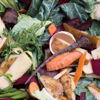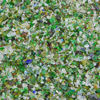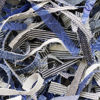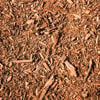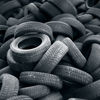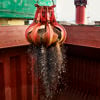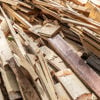
Waste wood recycling
The waste wood we collect is sorted into different quality classes and fractions. Undamaged wood pallets are separated for reuse while other qualities are crushed into chips. Metals in the form of nails and various fittings are removed and recycled. Some wood chip fractions are suitable for recycling as raw materials in the production of fiber boards. Other fractions are more suitable for energy extraction, and used as fuel in cogeneration power plants that produce district heating and electricity.

